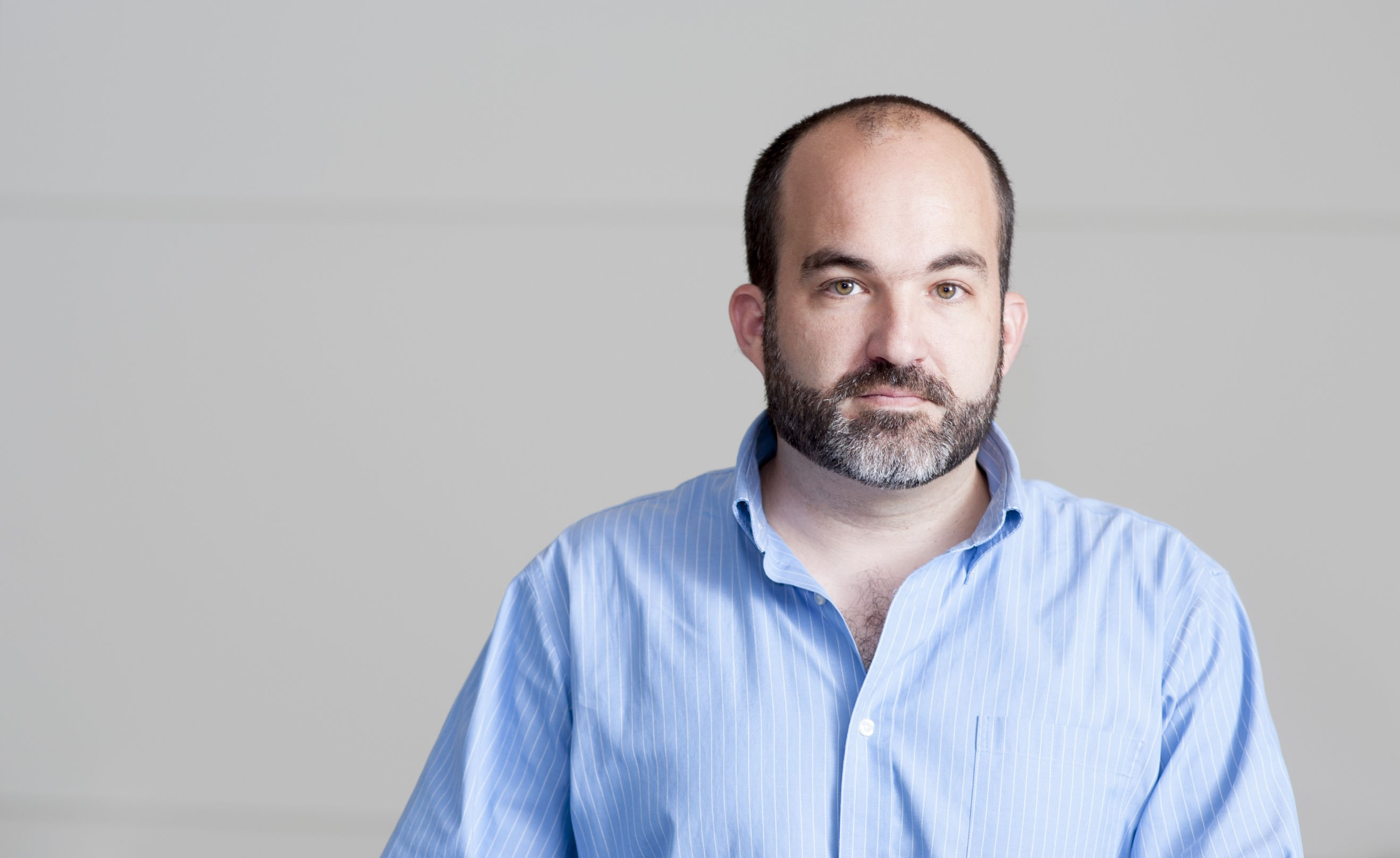Bioelectricity Course an International Hit
 The online course, which is still available at edX and on Purdue’s nanoHUB, is free. (For a small fee, students on edX can request a certificate of completion.)
The online course, which is still available at edX and on Purdue’s nanoHUB, is free. (For a small fee, students on edX can request a certificate of completion.)
“I couldn’t dream of a better way for people to discover that Purdue and the Weldon School is a great place to study, and to learn about bioelectricity,” says course instructor Pedro Irazoqui.
Irazoqui, who is a professor of biomedical engineering and electrical and computer engineering, also directs Purdue’s Center for Implantable Devices.
The Curriculum
Materials for the on-site and virtual classes are identical. Online and on-site students listened to Professor Irazoqui’s recorded lecture and took the same tests, with the online tests graded automatically. Irazoqui also moderated a chat room where online students gathered to discuss the material.
As he interacted with online students, Irazoqui discovered that they were as serious and eager to learn as his classroom undergraduates. The median age for online learners was 26, but students as young as 10 and as old as 85 took the course.
Flipped, and with Raspberry Pi
Naturally, on-campus students had the advantage. Attending Irazoqui’s class three days a week, they delved deeper into specific applications for bioelectric concepts. “It’s a true ‘flipped’ classroom,” Irazoqui says of the approach that reverses the lecture and homework elements. Students listened to the lecture in advance, and instead of lecturing in class, Irazoqui answered questions and helped students work on projects.
For all students, the culminating project was constructing a wireless neuro- recording device. “Engineering students like to make things,” Irazoqui says. “So we added this hands-on component.”
Students configured their own single-board computer — a Raspberry Pi device.
Raspberry Pi is a popular platform that tech enthusiasts around the world use to set up wireless networks and wirelessly control things like video games, televisions, cameras and robots.
In Irazoqui’s class, students learned about amplifiers and filters and programmed the computer’s wireless radio. Then, placing electrodes on the surface of their skin, students used the device to control a prosthetic arm. “It’s a new thing we tried this year,” Irazoqui says. “It’s fun.”
From NEEDS to the World
The online course began as an outreach component for the NSF NEEDS grant. NEEDS, which stands for Nano-Engineered Electronic Device Simulation, is an initiative of the Network for Computational Nanotechnology and is comprised of faculty from Purdue, Massachusetts Institute of Technology, University of California Berkeley and Stanford University. The NEEDS mission is to advance device science and connect it to consumer applications.
“NEEDS is all about taking new semiconductor devices and figuring out a way to model them, so we can incorporate them into systems,” says Irazoqui. “What I do is the systems part. I try and incorporate those systems into devices, medical devices.”
Irazoqui says that putting the introduction to bioelectricity course online was a perfect way to engage curious minds around the world in the fundamental, practical applications of biotechnology and to get them interested in the field of device-science.
More Courses to Come
Irazoqui is still amazed at the international response to his course. He says he definitely would love to offer the course on edX again, in fall 2016.
In fact, this spring on the edX platform, the Weldon School offers two new biotechnology courses to the world, completing a three-course sequence:
- Principals of electronic biosensors, with Ashraful Alam, Purdue’s Jai N. Gupta Professor of Electrical and Computer Engineering
- Biodesign principles at the nano and micro scale, with Jenna Rickus, professor of Agricultural and Biological Engineering
Photo: Pedro Irazoqui (Credit: Network for Computational Nanotechnology)

